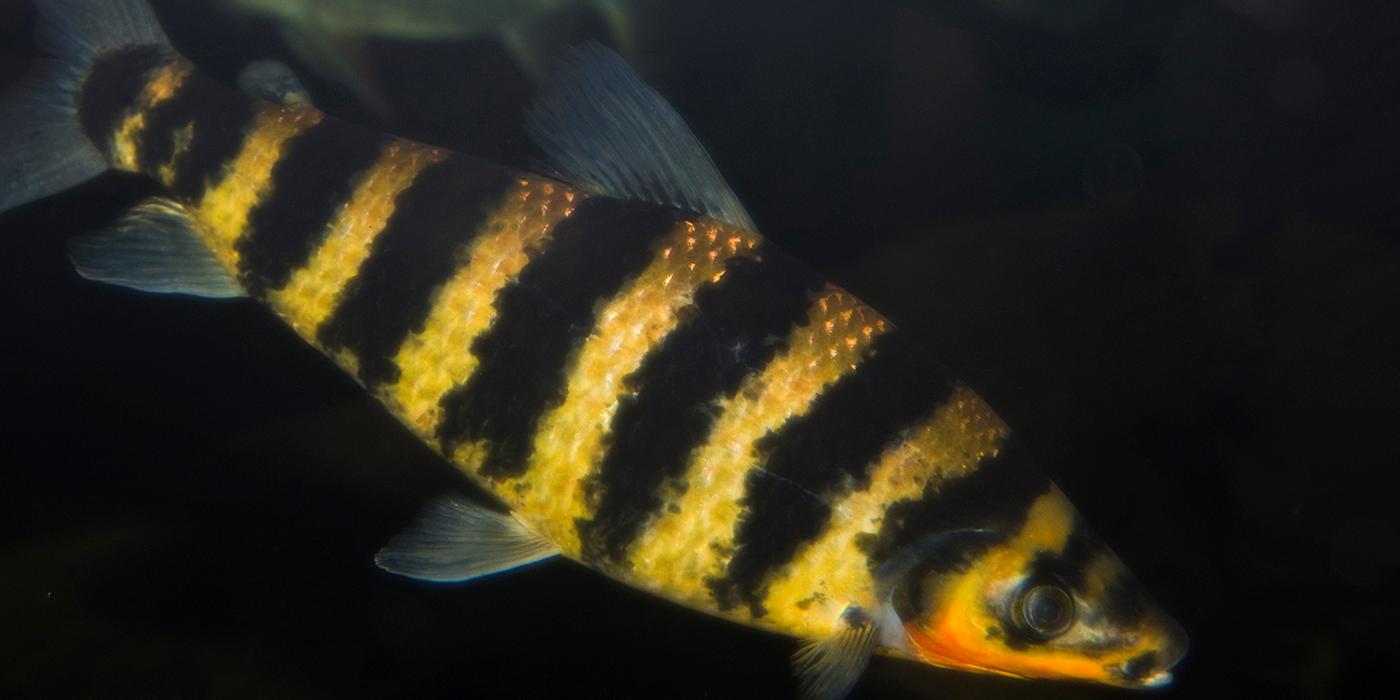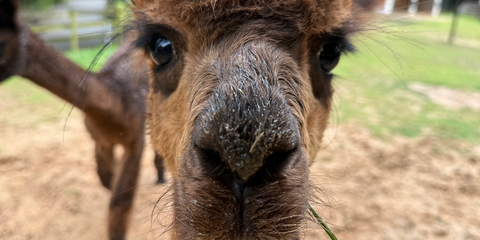Physical Description
A torpedo-shaped freshwater fish, banded leporinus (also known as many banded leporinus) are yellow and marked with nine thick, black vertical stripes when mature. Young banded leporinus may have fewer stripes, which will split as they grow.
Size
This species can reach 9.8 inches (25 centimeters) in length. There is no difference in appearance between males and females.
Native Habitat
Banded leporinus are primarily found in the fast-flowing creeks and streams of the Amazon River basin in Brazil, Colombia and Venezuela. Adults will seek shelter in sand holes in this environment. The fish can most often be found in the benthic layer of the water column, closest to the bottom of the river. They are an important food source in their ecosystem, and evidence shows that they are sometimes preyed upon by piranhas. Banded leporinus have been observed jumping.
Food/Eating Habits
Primarily herbivorous, banded leporinus will feed on plants, fruits and leaves. At the Smithsonian's National Zoo, they are fed a gel diet as well as produce.
Social Structure
Banded leporinus travel in schools.
Reproduction and Development
Breeding occurs in areas with dense submerged aquatic vegetation. Banded leporinus are an oviparous, or egg laying, species.
Help this Species
- Reduce, reuse and recycle — in that order! Cut back on single-use goods, and find creative ways to reuse products at the end of their life cycle. Choose recycling over trash when possible.
- Organize or attend a stream, river, lake or other waterway cleanup in your area to preserve aquatic habitats for local species.




